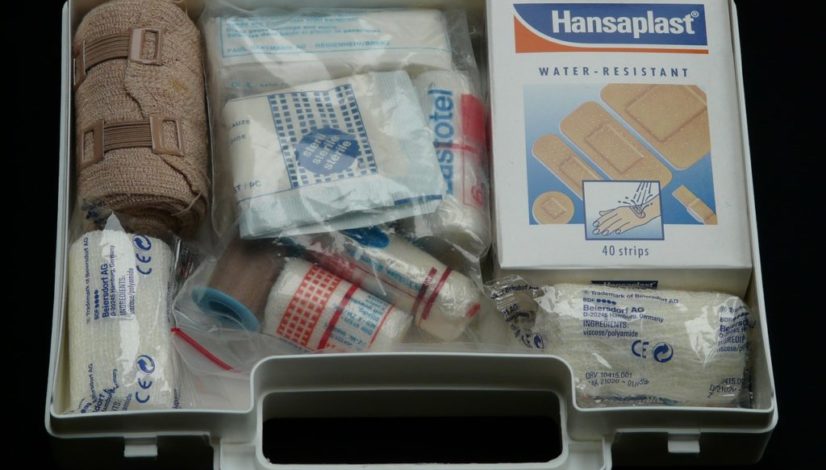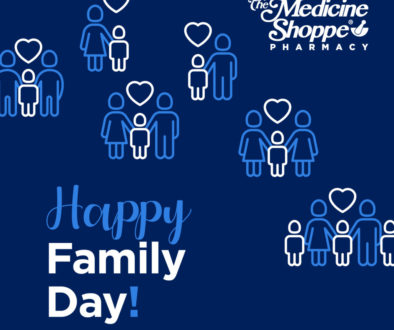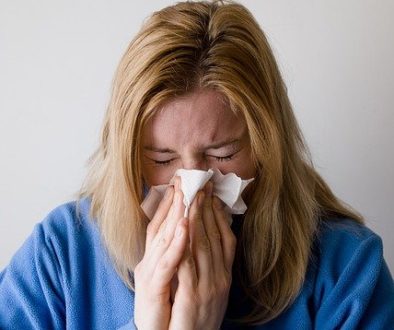Essential Items to Have at Home In Case of Emergencies
Early in the COVID-19 pandemic when access to supplies was limited, we saw the importance of being prepared. From toilet paper to hand sanitizer and canned goods, supplies quickly became scarce because people panicked and suddenly decided to hoard items they viewed as essential.
We never know what challenges could arise. We live in a country where the hazards are as diverse as the geography. So how can you prepare for an emergency? It’s simple: Know the risks, make a plan, and prepare an emergency kit adapted to your needs.
Understanding the risks in your community
If you live in a Maritime flood zone, your needs will be different from those of a British Columbia community at risk of forest fires. A good example is the ice storm of 1998, which left many Quebec residents without power for three months and showed the importance of being prepared for an emergency.
To know the risks specific to your province, consult the website getprepared.gc.ca. Also check with your municipality to find out the emergency plans specific to your region.
Don’t forget to consider your skills and physical abilities, whether you live alone or are caring for a family, any special health or mobility issues in your household, and whether you live in a house, high-rise or basement apartment. All of these factors will affect your emergency plan and kit.
List of must-have items
When putting together your kit, think about what you would need to cope for at least the first 72 hours of an emergency. This is when first responders and emergency personnel are dedicating their efforts to those in urgent need.
- Here are some essential items that you should include in your kit:
- Water: two litres of water per person per day (get both big and small bottles)
- Canned goods, dried food, energy bars and other food that won’t spoil (replace at least once a year, or sooner if expiring)
- A manual can opener for all those cans!
- A wind-up or battery-powered flashlight and radio (and extra batteries)
- A first-aid kit A spare set of keys for your car and house Important family documents such as identification, insurance, and bank records
- Cash in smaller bills and change
- Your emergency plan and contact information for relevant emergency services
You can add additional items such as candles, matches or a lighter, warm blankets, personal hygiene items, hand sanitizer, toilet paper, garbage bags, medical equipment, dishes and utensils, a pocket knife, a camping stove and fuel, an emergency whistle, and strong tape. It’s also a good idea to have a generator and a landline phone that doesn’t require electrical power to work.
Special items for special needs
Emergencies can be challenging for anyone, but even more so for people with disabilities or special needs, as well as for their caregivers. When you need a helping hand, it’s important to establish a support network of people who would know how to assist you in an emergency. Be sure to discuss your emergency plan with your network. Depending on your situation, some extra items may need to be added to the emergency kit, such as:
- A MedicAlert® bracelet or identification A minimum of a week’s supply of prescription medications
- Non-perishable foods appropriate to your dietary restrictions
- A detailed list of all food or drug allergies, current medications and the condition being treated, including special needs items that may need to be replaced
- List of health-care professionals and emergency contacts
- Extra assistive devices such as canes, walkers, hearing aids, breathing apparatus, blood glucose monitoring devices, etc.
- A pencil and paper for written communication (for people with a speech or hearing impairment) If you have a service animal, include items for the animal as well: food, water, bandages, ID tags, and a recent photo
- If you use a wheelchair or scooter, include a tire patch kit, a can of seal-in-air product (to repair flat tires), a supply of inner tubes, and a pair of heavy gloves to protect your hands.
- If you’re visually impaired, a smoke detection system that flashes strobe lights or vibrators in case of an alarm, and a longer white cane to manoeuvre around obstacles and debris
- You can also obtain emergency alert devices such as a personal alarm that emits a loud noise to draw attention, a panic button to notify others of your location, or a pager that is connected to an emergency monitoring system.
Your pharmacist can help
It doesn’t take that much effort to be well prepared, and yet it can save you much stress and even save your life. Take a bit of time to prepare an emergency plan and kit that are adapted to your specific needs. Update them at least once a year. Keep a list of all items with an expiry date, and plan on replacing them at least a month before they expire. This way, you’ll be able to use the items and reduce wastage.
If you need any help or have questions on what medication and first aid items to include, your pharmacist would be happy to help!




